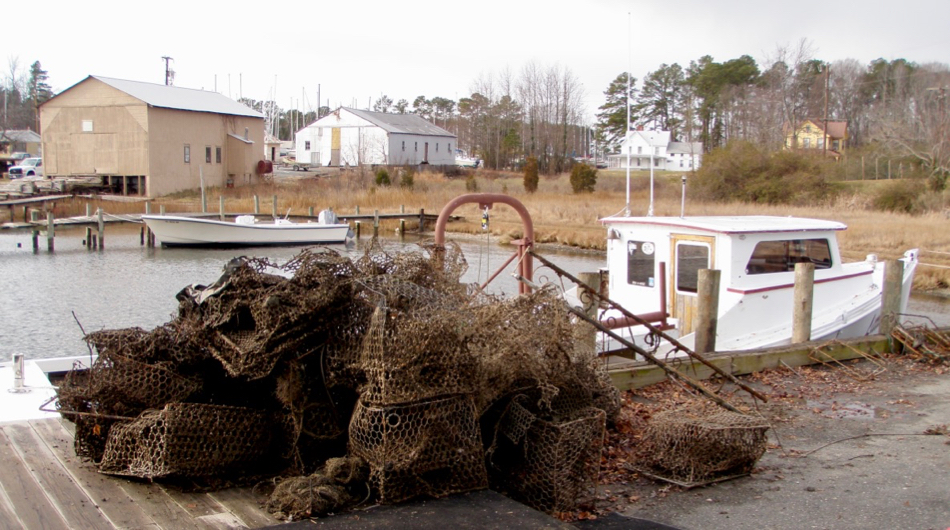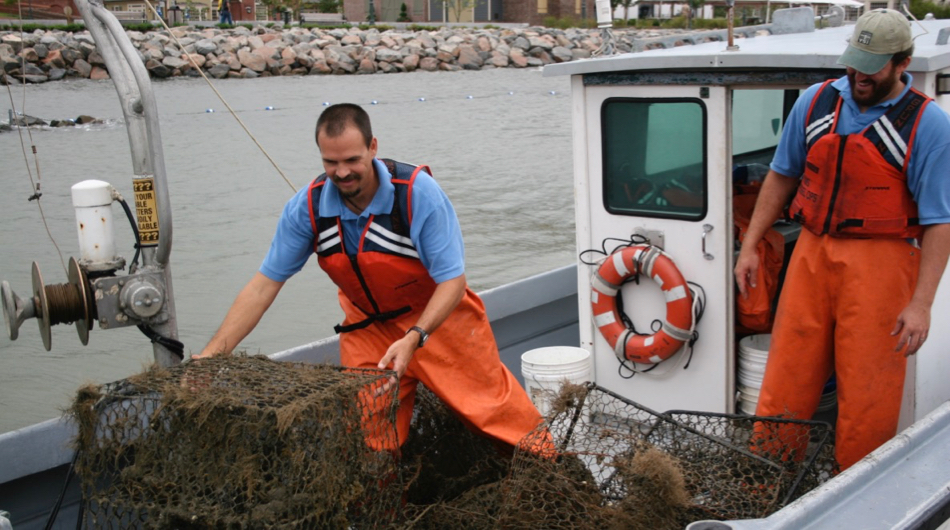VIMS to lead national program for managing derelict fishing gear
Standardizing trap-removal data will help address issue from Maine to Alaska
The National Oceanic and Atmospheric Administration has chosen William & Mary’s Virginia Institute of Marine Science as home base for a new national program focused on protecting U.S. coastal waters from derelict fishing gear.
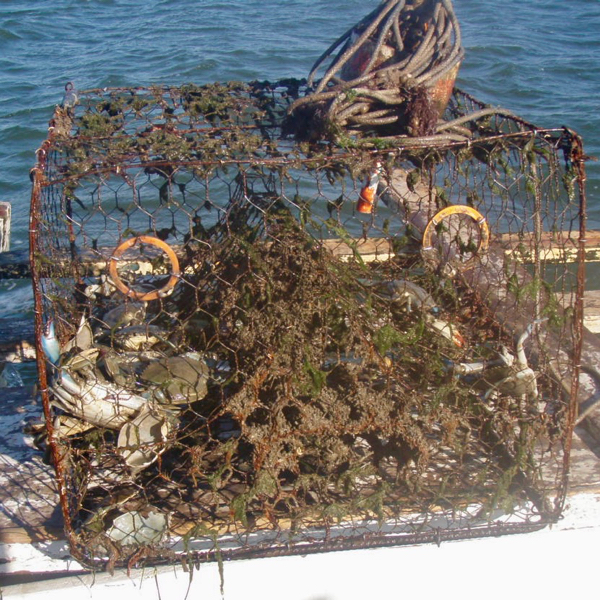 Derelict gear refers to fishing equipment that has been lost, abandoned, or otherwise discarded in the water, commonly due to storms and boat traffic. It can harm ecosystems and economies by trapping and killing targeted and bycatch species, damaging marine habitats, and competing with actively fished gear.
Derelict gear refers to fishing equipment that has been lost, abandoned, or otherwise discarded in the water, commonly due to storms and boat traffic. It can harm ecosystems and economies by trapping and killing targeted and bycatch species, damaging marine habitats, and competing with actively fished gear.
VIMS’ new Nationwide Fishing TRAP Program—“TRAP” for Trap Removal, Assessment, & Prevention—will fund removal of the pots and traps used to harvest crabs and lobsters, and establish a Derelict Trap Policy Innovation Lab to synthesize the collected data to inform prevention and mitigation policies at the state and federal levels.
The brainchild of Drs. Kirk Havens, Donna Bilkovic, and Andrew Scheld, the TRAP program builds on VIMS’ success in leading a multi-year partnership with the Virginia Marine Resources Commission and Virginian watermen to remove more than 34,000 derelict or “ghost” crab pots from the Chesapeake Bay. Scientists in this Virginia Marine Debris Removal Program also pioneered methods to assess the economic and ecologic impacts of the derelict pots and the benefits of their removal.
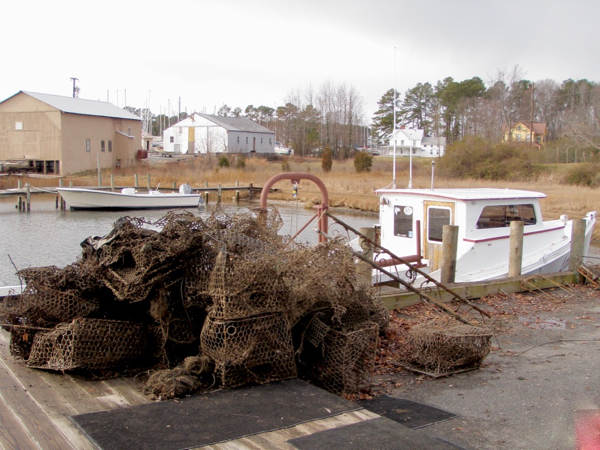 A 2016 study estimated that pot removals during the initial VIMS-led program increased baywide harvests by 38 million pounds, putting an extra $33.5 million into the pockets of Bay crabbers. The same analysis revealed that removing just 10% of derelict crab pots and lobster traps on a global basis could increase landings by 293,929 metric tons, at a yearly value of $831 million.
A 2016 study estimated that pot removals during the initial VIMS-led program increased baywide harvests by 38 million pounds, putting an extra $33.5 million into the pockets of Bay crabbers. The same analysis revealed that removing just 10% of derelict crab pots and lobster traps on a global basis could increase landings by 293,929 metric tons, at a yearly value of $831 million.
The $8M provided by NOAA to implement the 4-year TRAP program is the largest single grant award in VIMS’ 83-year history. Many of these dollars will be passed on to program partners through an annual grant competition. The program also includes funding for commercial and tribal fishers to remove additional derelict pots from Virginia’s waters.
Havens, Director of the Center for Coastal Resources Management (CCRM) at VIMS, says “By coordinating the removal of derelict traps nationwide, we can leverage our experience and expertise to benefit coastal ecosystems and economies from Maine to Alaska.”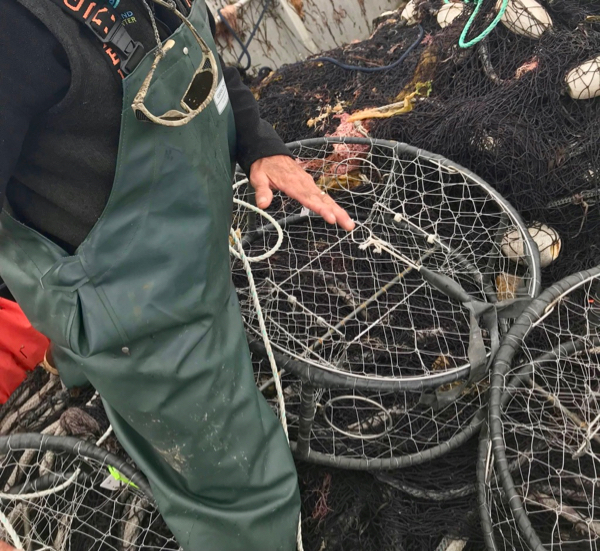
Waterman Clay Justis, who works pots along Virginia’s Eastern Shore, has seen these benefits first-hand. “When I was part of the removal program,” he says, “I pulled up lost pots that contained blue crabs and other animals. Removing lost pots helps clean the bay and prevents those pots from continuing to capture and kill marine life. I haven’t pulled any pots out of Pocomoke Sound since before COVID. I bet its loaded now.”
Provost Peggy Agouris notes that the TRAP Program fits seamlessly into William & Mary’s strategic plan, Vision 2026, which positions the university to address global challenges in areas including water and data. “The TRAP Program aims to transform removals data into a wellspring of knowledge that can be used to guide national policy,” she says. “That’s a great example of critical thinking with data, and of combining quantitative expertise with human understanding. These are the qualities needed to design innovative solutions to the complex challenges facing society.”
Dr. Derek Aday, VIMS Dean & Director, agrees. “Water is one of the world’s most threatened and valuable resources. The TRAP Program represents the kind of innovative approaches we need to solve global issues related to conserving our marine resources and increasing the resilience of coastal communities.”
Program operation & benefits
The TRAP program will initially focus on the gear used to catch crabs (blue, Dungeness, and stone) and lobsters (American and spiny). According to Scheld, a fisheries economist at VIMS, these trap and pot fisheries bring in more than $1B per year, almost 20% of the total annual landings value of all US fisheries. As the TRAP program develops, it may expand to additional species captured using these two gear types.
Bilkovic, CCRM assistant director, adds, “There have been many excellent efforts to deal with derelict fishing gear in U.S. waters, but to address the issue most effectively, it’s critical that these efforts are coordinated and standardized at a national scale. That will allow us to determine where the gear is coming from and where it’s ending up; to accurately assess its ecological and economic impacts; and to recognize high-use conflict areas. This is information that can ultimately help us develop effective prevention measures.”
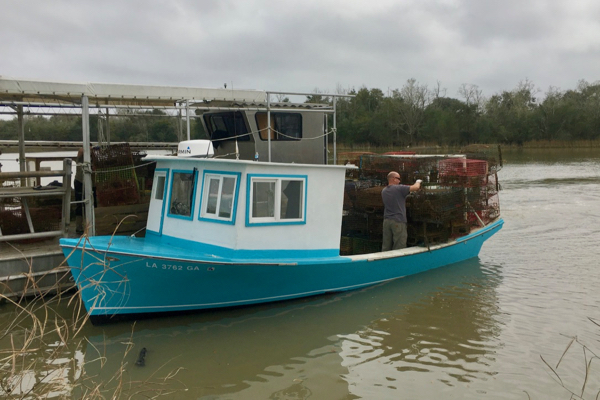 “We’ll develop and implement a national competition to fund sub-awardees who present effective proposals for removing derelict fishing traps in their own region or state,” says Havens. The competition will be offered annually in years 2 through 4 of the TRAP Program. Program administrators anticipate awarding 6-15 sub-grants per year, with total funding on the order of $1.5M annually.
“We’ll develop and implement a national competition to fund sub-awardees who present effective proposals for removing derelict fishing traps in their own region or state,” says Havens. The competition will be offered annually in years 2 through 4 of the TRAP Program. Program administrators anticipate awarding 6-15 sub-grants per year, with total funding on the order of $1.5M annually.
To be successful, proposals will need to include plans for collecting trap-removal data in a standardized format so they can be compiled and analyzed to better understand the scale of the issue and to inform state and federal responses. TRAP scientists and their communication partners, which include media firm Green Fin Studio and Kenah Consulting, will develop a website to share these data with policymakers and the public. This online information hub will provide users with details on trap removals and program participation. The site will also house a data and mapping dashboard similar to what VIMS currently provides for coastal shorelines and the earlier Virginia Marine Debris Removal Program.
{{youtube:large:center|2YgVzaheD-A, W&M Now highlights the new TRAP program at VIMS.}}
Kenah Consulting, which takes its name from the Powhatan Algonquian word for “thank you,” is a Small, Women-owned, and Minority-owned (SWaM) business that supports communities across Indian Country. Several tribal nations have expressed interest in establishing removal programs, as derelict traps impact traditional values important to the cultural heritage of costal tribes from Chesapeake Bay to Puget Sound and elsewhere.
Ashley Spivey, executive director of Kenah and a Pamunkey Indian tribal member, says “Kenah builds long-term relationships with Tribes through respect, discretion, and honesty. Our team looks forward to facilitating engagement with indigenous communities across the United States that may have an interest in the removal of derelict traps from U.S. and Tribal waters.”
U.S. Senator Tim Kaine, Virginia’s Governor during the initiation of VIMS’ derelict crab-pot removal program in 2008, finds the program’s emphasis on standardization especially appealing. As he wrote in a support letter for the team’s proposal, “The emphasis on developing and collecting standardized data will allow for synthesis of removal efforts, leading to improved assessment, monitoring, and, ultimately, prevention at regional scales.”
Havens says that potential applicants for future TRAP awards include organizations that already have experience in removing derelict traps, as well as those that can demonstrate sufficient capacity to implement a successful removal project. VIMS will again lead pot-removal activities in Virginia waters.
The TRAP Program will operate under the auspices of the NOAA Marine Debris Program and the best management practices of its Derelict Fishing Gear Assessment Framework. Program partners will engage with existing removal project partners to develop standard sampling protocols.
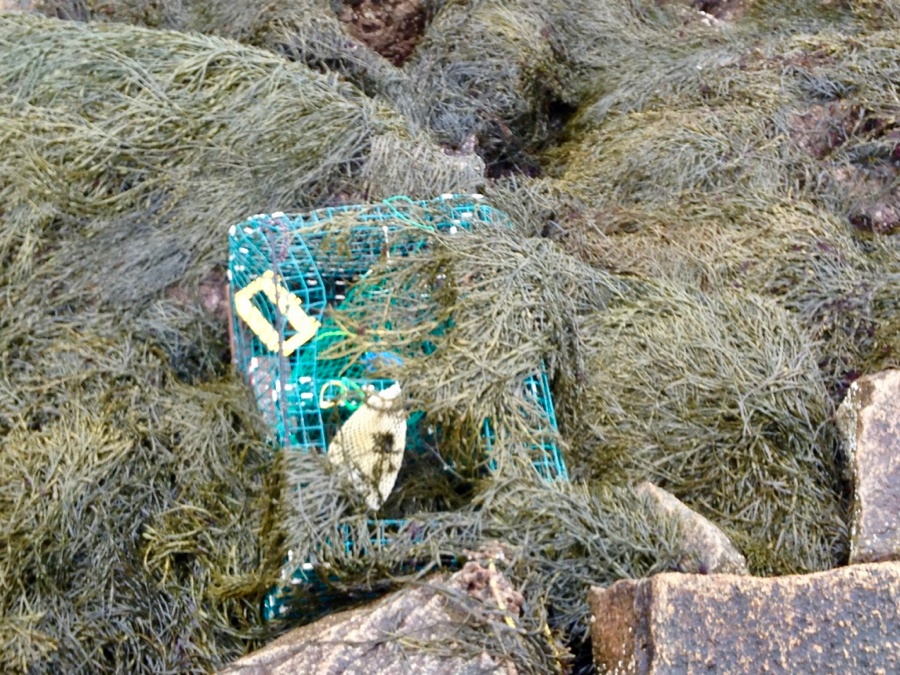 Laura Ludwig, who coordinates the Marine Debris and Plastics Program for the Center for Coastal Studies in Provincetown, MA, notes that her program has been removing derelict lobster pots from Cape Cod Bay for almost a decade. “A national effort to streamline and collate our findings,” she says, “will serve many other stakeholders and allow for a better grasp of the issue nationally.”
Laura Ludwig, who coordinates the Marine Debris and Plastics Program for the Center for Coastal Studies in Provincetown, MA, notes that her program has been removing derelict lobster pots from Cape Cod Bay for almost a decade. “A national effort to streamline and collate our findings,” she says, “will serve many other stakeholders and allow for a better grasp of the issue nationally.”
Kyle Antonelis, VP and senior fisheries analyst for Natural Resources Consultants in Seattle, WA, strikes a similar note. “We have partnered with NGOs, Treaty Tribes, and myriad government agencies to remove more than 6,000 derelict Dungeness crab and shrimp pots from Puget Sound over the last two decades. We look forward to continuing these partnership efforts and strongly support a national program to standardize data collection.”


